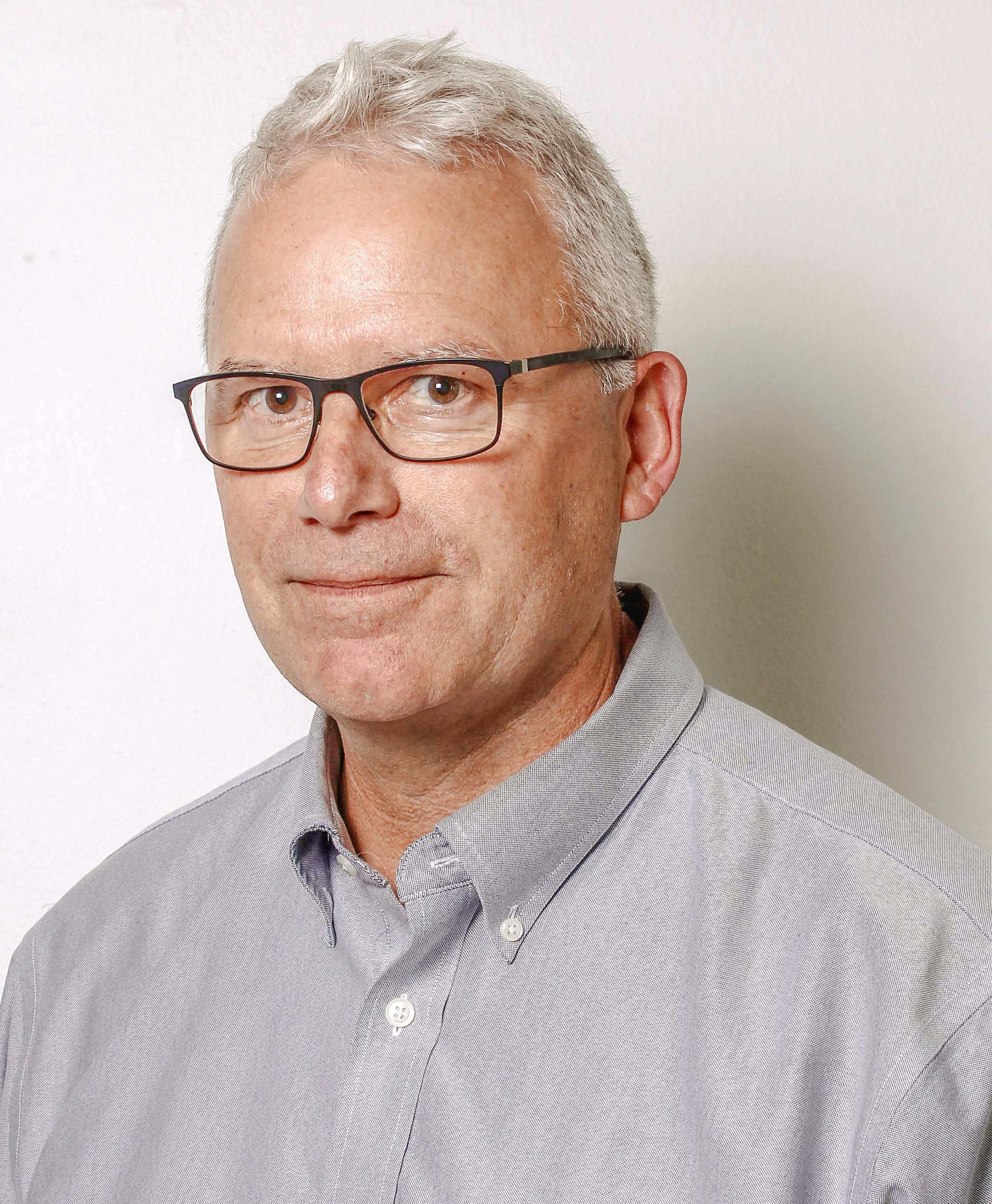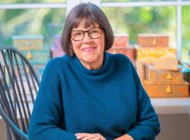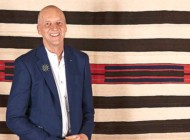
Harry Philbrick, the new executive director of the Newport Art Museum, is a native Rhode Islander with veteran leadership experience in museums at home and abroad. Most recently, Philbrick served as the interim director of the Pennsylvania Academy of the Fine Arts and stepped into this new role with nearly 40 years of experience in the arts and nonprofit sectors. We spoke with Philbrick to learn about his mission going forward with the Newport Art Museum.
After spending many years in Pennsylvania, how does it feel to be returning to Rhode Island and leading Newport Art Museum?
My family has roots in Rhode Island going back generations, so this is a homecoming for me.
With its rich legacy going back more than a century, and its commitment to engaging the community in a meaningful, participatory way — which isn’t always the standard in museums — it’s clear to me that the Newport Art Museum is a very special place. They have a strong vision and I’m excited to help move it forward.
How will your previous experience lend itself to the continued development of Newport Art Museum?
My favorite part of this work has always been engaging with artists — learning from them, seeing their process up close and helping to present their work in a way that challenges and inspires audiences. I bring that artist-centered approach with me to NAM, and the team here embraces it, leading with art and listening to the community about what kinds of arts experiences they want to have. It’s exciting to be part of an organization that has a designated Museum School, which opens many opportunities to reach new audiences and help inject art, creativity, collaboration and expression into peoples’ lives.

The Newport Art Museum, courtesy of the museum.
How does your personal philosophy contribute to Newport Art Museum’s mission to “showcase artistic excellence both historical and contemporary, enrich the cultural landscape and invite all to connect through the power of art”?
Art connects us across time and space. I believe that, and it is very much a part of the culture here at NAM. I’ve been very impressed with how the Museum takes pieces from the permanent collection and not only presents it in conversation with contemporary artists but then also builds programming around it so that everyone feels welcome. For many people, art and museums have not historically felt like approachable or inclusive spaces, and we are committed to breaking down those barriers.
Do you have any concrete ideas for the future of the museum already?
I mentioned the Museum School. I love the work being done there and I want to make sure our teaching artists and programming team have the resources and support they need to provide a best-in-class arts education experience. Our camps and classes don’t just offer an enrichment activity — it’s where our future members, supporters and exhibiting artists are going to come from.
I want to nurture programs and exhibitions that invite people in beyond the viewing experience. We’re very excited, for example, to be bringing back a Members Show this year. I also believe in the power of partnership, and I hope to be able to announce a few really substantive partnerships soon — both local and statewide.
What aspects of the job are most exciting and important to you?
Working directly with artists and curators, as I mentioned, is always a highlight of the work. It has been such a joy to meet more of the local and regional artists who are a part of the Newport Art Museum community already, and I hope to continue to grow our reach and make a national impact in the years to come.
Right now, all eyes are on the nation’s semiquincentennial. Does the Newport Art Museum have anything in the works to celebrate next year?
One of the things that impresses me most about Newport is how dynamic its social impact community is and how interconnected and supportive we all are of each other. Newport Art Museum’s story doesn’t start until 1912, but we will absolutely be engaging with and supporting our fellow nonprofits leading on the 250th, and we will be looking through our permanent collection to see what pieces we may be able to add to the conversation.
What else can visitors to Newport look forward to?
There is so much to look forward to as we close out 2025 and look to 2026. We are the cultural hub of Newport, so we are going to continue to listen to the community and deliver the kind of thought-provoking experiences they have asked for — exhibitions and programs that showcase classic and contemporary art that spans centuries, styles and perspectives. We invite every artist, every member and every curious neighbor to come explore what we have to offer.
—Carly Timpson




